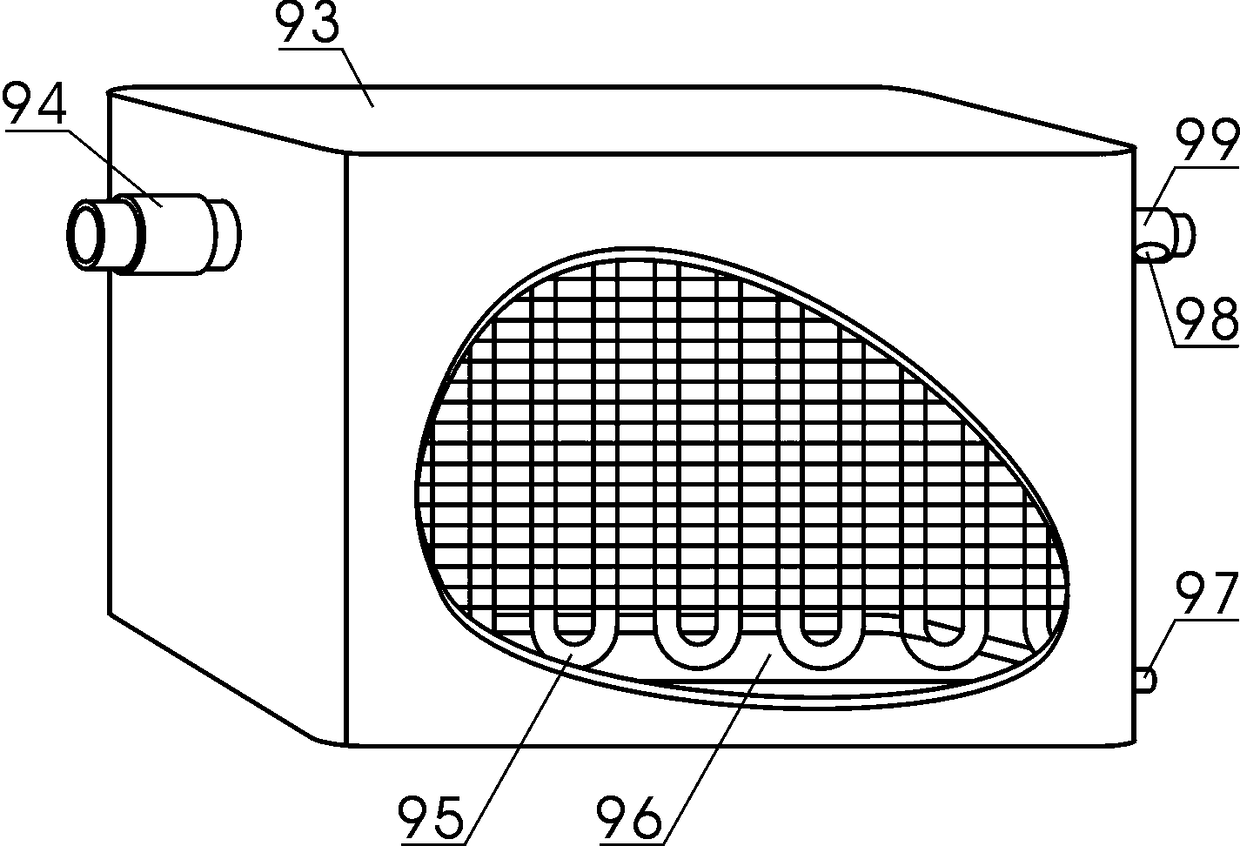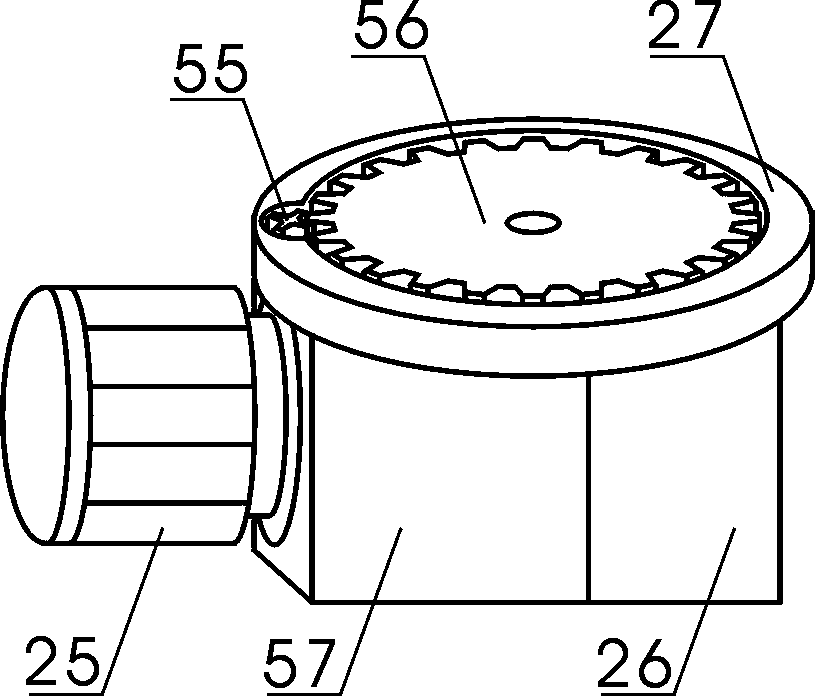Carbon heat oxygen balancing device
A technology of oxygen balance and carbon heat, applied in the fields of carbon monoxide, solar thermal power generation, inorganic chemistry, etc., can solve problems such as loss of consciousness, insensitivity, dyspnea, etc., and achieve the effect of eliminating pollution and restoring ecology
- Summary
- Abstract
- Description
- Claims
- Application Information
AI Technical Summary
Problems solved by technology
Method used
Image
Examples
Embodiment 1
[0167] Example 1 Through the industrialization of photosynthesis, the initial productivity is expanded and the carbon-oxygen heat balance is adjusted
[0168] Diatoms account for 25% of global primary productivity and 40% of ocean primary productivity. Diatoms are single-celled plants with chromophores and cell walls made of siliceous (SiO 2 ·nH 2 O) and pectin, suitable for growth at a temperature of 20-30°C, a light intensity of 3000-5000 lux, a salinity of 25-35, and a pH of 8.0-8.5. Methods of artificially cultivating diatoms:
[0169] 1. Collect diatoms from seawater, place the centrifuged Nitzschia crescent algae liquid on the hemocytometer, and select the area with few algae cells and no other miscellaneous algae through microscopic inspection, and automatically infiltrate and absorb the algae with a capillary pipette. Place in the culture medium (preferably nutrient-rich, pollutant-free, clarified and filtered seawater in nature); the temperature of the culture medi...
Embodiment 2
[0171] Example 2 Through the ecological construction of the backlit and shaded area, the photosynthetic space and area are expanded, and the carbon-oxygen heat balance is adjusted
[0172] Taking the ecological construction of the shaded area under the overpass as an example, the specific steps are as follows:
[0173] 1. Improve soil properties and improve biological living environment
[0174] Remove the remaining plants on the ground, remove the sundries in the soil, and replace the soil appropriately.
[0175] Collect leftover waste plants, straw, litter, urban sludge, animal manure, etc., and add fermentation bacteria to prepare organic fertilizer.
[0176] every 100 m 2 The amount of organic fertilizer applied to the planting area should not be less than 1 m 3 , plow 30-50 cm deep; level the land so that the soil in the center of the planting area is slightly higher than the surrounding area, and the surrounding soil is 5-10 cm higher than the road surface, and do a g...
Embodiment 3
[0190] Example 3 Adjust carbon, heat and oxygen balance through plant carbon storage, forming and sealing
[0191] Taking cotton stalks, corn stalks, straw, rice husks, sawdust, branches and other agricultural and forestry wastes in the middle and lower reaches of the Yangtze River in China as an example to prepare carbon storage products and sequester carbon products, the specific steps are as follows:
[0192] (1) Remove soil clods, stones, glass, plastics, metal objects and other sundries in agricultural and forestry wastes, and dry them naturally to a moisture content of less than 20%.
[0193] (2) Crush agricultural and forestry waste into 2-5 mm long particles. Because corn stalks and rice straw are relatively flexible, it is advisable to choose a crusher with a shearing function.
[0194] When pressing biomass blocks or sticks, biomass with high lignin content such as cotton stalks, sawdust, and branches must account for more than 20% of the weight of raw materials; whe...
PUM
 Login to View More
Login to View More Abstract
Description
Claims
Application Information
 Login to View More
Login to View More - R&D
- Intellectual Property
- Life Sciences
- Materials
- Tech Scout
- Unparalleled Data Quality
- Higher Quality Content
- 60% Fewer Hallucinations
Browse by: Latest US Patents, China's latest patents, Technical Efficacy Thesaurus, Application Domain, Technology Topic, Popular Technical Reports.
© 2025 PatSnap. All rights reserved.Legal|Privacy policy|Modern Slavery Act Transparency Statement|Sitemap|About US| Contact US: help@patsnap.com



